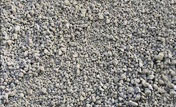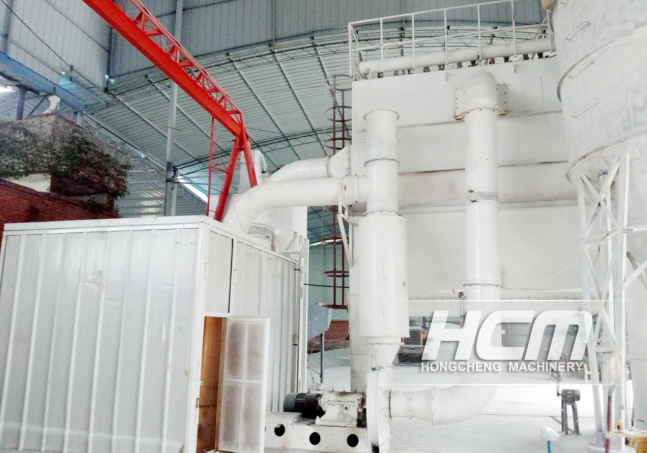Welcome to Guilin HCM Machinery Official WebSite!
Release date: 2019-11-15 09:06:10

What are the raw materials of cement?
According to different raw material constituent, cement is generally divided into ordinary Portland cement, Portland cement with mixed materials, and special cement.
The main constituent of ordinary Portland cement are limestone, clay, iron ore and gypsum. Portland cement with mixed materials has added some active or inactive mixed materials, such as slag, volcanic ash, fly ash, etc., on the basis of ordinary Portland cement. Special cement with a limited application, and has some different raw materials, i.e. high alumina cement is made of bauxite and limestone.
White cement is used for decoration and made of high-alumina cement, pure kaolin, pure quartz sand and pure limestone. As we can see that cement raw material is generally in block or granule, cement grinding mill is required to produce fine powder.
The production process of cement (taking ordinary Portland cement as an example)
Preparation of raw materials
The preparation method of cement raw materials is mainly divided into dry method and wet method.
Dry method
Grinding equipment: ball mill, vertical mill, tube mill, etc.
Production process: mixing limestone, clay and iron ore according to a certain ratio, after crushing, grinding and stirring, qualified raw meal powder will be produced.
Wet method
Grinding equipment: tube grinding, rod grinding, etc.
Production process: the clay is first made into mud, and then mixed with limestone and iron ore in a certain proportion to form a raw slurry of 35% water content .
Both the dry method and the wet method have their own advantages and disadvantages. It depends on the specific condition of the cement manufacturer.
Calcined clinker
Main equipment: rotary kiln, shaft kiln, etc.
Production process: the prepared raw meal powder or raw slurry is sent to the kiln for high-temperature calcination, so that the raw materials are subjected to a series of physical and chemical changes to obtain cement clinker.
Grinding clinker
Main equipment: vertical mill, classifier, dust collector, etc.
Production process: cool the cement clinker, add a certain proportion of gypsum, and evenly sent to the mill for grinding. After the processing of the classifier, dust collector collects, and packaging machine, finished cement product is obtained.

Advantages of cement grinding machine
1) Large throughput rates: Vertical mill is a closed-circuit system grinding. When raw materials are ground in the mill, they are directly sieved into the classifier, and the qualified fineness is will be collected, while the unqualified coarse powder falls back to the mill for process. The machine continues to grind and reciprocate. Compared with the open circuit system, the throughput rates of the closed circuit system can be increased by 15~25%, and the energy consumption is saved by 40~50%;
2) Convenience: Vertical mill is an advanced equipment integrating drying, grinding, classification and conveying. It can dry raw materials while grinding, which has greatly simplified the production process, and automatically control the system makes the production operation and post-maintenance very convenient.
3) Environmental protection: There is inevitably dust in conventional cement production. The vertical grinding mill with fully sealed and fully negative pressure operation, which effectively avoid dust spillover, and the high-efficiency pulse dust collection equipment can basically achieve a dust-free workshop.